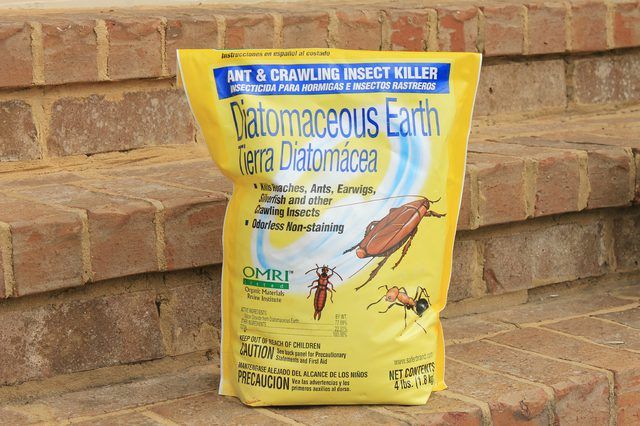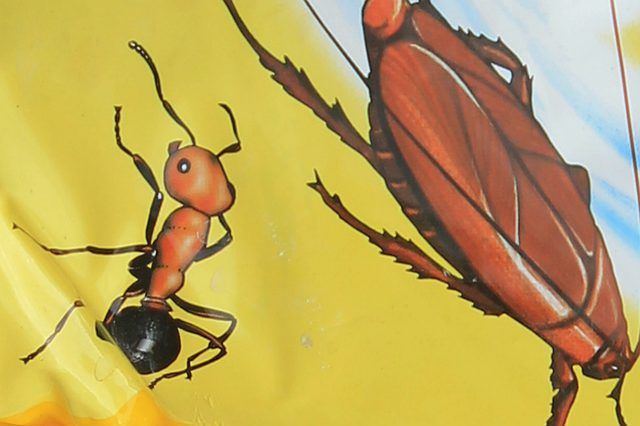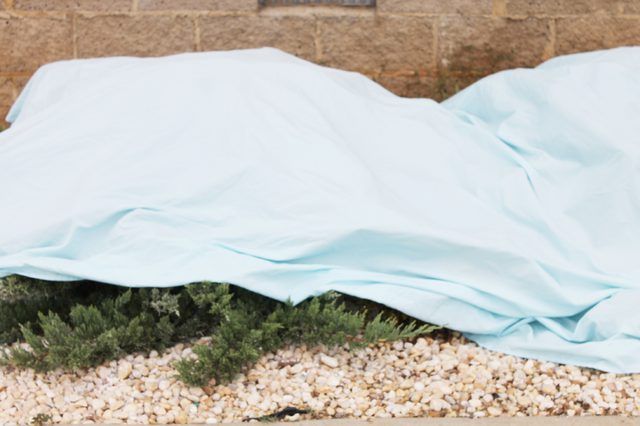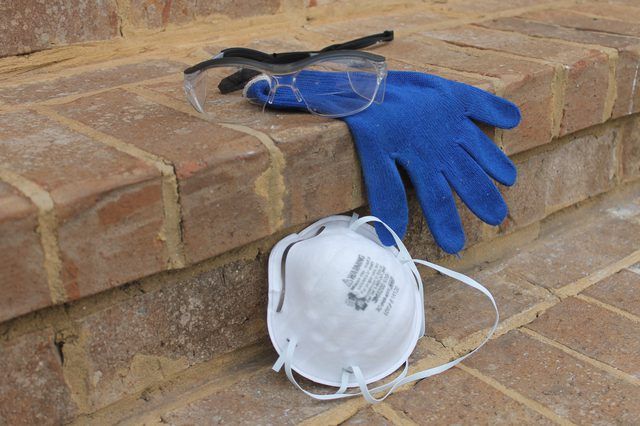Bulbs
Flower Basics
Flower Beds & Specialty Gardens
Flower Garden
Garden Furniture
Garden Gnomes
Garden Seeds
Garden Sheds
Garden Statues
Garden Tools & Supplies
Gardening Basics
Green & Organic
Groundcovers & Vines
Growing Annuals
Growing Basil
Growing Beans
Growing Berries
Growing Blueberries
Growing Cactus
Growing Corn
Growing Cotton
Growing Edibles
Growing Flowers
Growing Garlic
Growing Grapes
Growing Grass
Growing Herbs
Growing Jasmine
Growing Mint
Growing Mushrooms
Orchids
Growing Peanuts
Growing Perennials
Growing Plants
Growing Rosemary
Growing Roses
Growing Strawberries
Growing Sunflowers
Growing Thyme
Growing Tomatoes
Growing Tulips
Growing Vegetables
Herb Basics
Herb Garden
Indoor Growing
Landscaping Basics
Landscaping Patios
Landscaping Plants
Landscaping Shrubs
Landscaping Trees
Landscaping Walks & Pathways
Lawn Basics
Lawn Maintenance
Lawn Mowers
Lawn Ornaments
Lawn Planting
Lawn Tools
Outdoor Growing
Overall Landscape Planning
Pests, Weeds & Problems
Plant Basics
Rock Garden
Rose Garden
Shrubs
Soil
Specialty Gardens
Trees
Vegetable Garden
Yard Maintenance
How to Use Diatomaceous Earth Safely to Control Pests
How to Use Diatomaceous Earth Safely to Control Pests. A mineral pesticide valued by organic gardeners, diatomaceous earth is the powdered form of the fossilized remains of oceanic organisms. Once insects contact its minute sharp edges, the DE pierces the insects’ waxy coating and causes them to dehydrate. Like all pesticides, organically...
A mineral pesticide valued by organic gardeners, diatomaceous earth is the powdered form of the fossilized remains of oceanic organisms. Once insects contact its minute sharp edges, the DE pierces the insects’ waxy coating and causes them to dehydrate. Like all pesticides, organically approved or chemical, users need to apply common sense and safety measures when mixing, applying and storing the material.

DE is used indoors to control ants, carpet beetles, bedbugs, fleas and silverfish. Outdoors, gardeners can apply it to combat infestations of slugs, Japanese beetles, squash bugs and potato beetles, among other pests. Insects must contact this mineral insecticide in order for it to be effective.

DE is usually dusted on the surface of plants with a shaker can or dusting applicator. For best results, both the top and bottoms of the leaf surface should be lightly covered. A 4.4-pound container of DE will cover about 1,800 square feet. DE can also be mixed with water at the rate of 1/4 cup per 1 gallon of water. The material must dry on the leaves for DE to be effective against insects -- mixing with water only allows the application of a more even coat. DE washes away in the rain, so reapplication is necessary after rainfall. It can be applied within one day of harvest.

DE poses no hazard to fish or wildlife, but it can kill honeybees. Avoid applying it to plants in flower. Spray or dust late in the evening, when bee activity lessens. You can also cover plants with floating row covers or old sheets after dusting to prevent bees from contacting the insecticide. Wash off the DE after removing the covers.

Because DE is commonly dusted, inhalation of the tiny particles is the major human safety concern. Gardeners should wear a mask, goggles and gloves when handling or applying DE, and those with existing respiratory problems would be wise to avoid use of the dust. Wash your hands immediately after use. Because DE can be applied on the day of harvest, wash off dusted produce. Store DE in a covered container along with other pesticides away from children, and keep children away from dusted areas. When purchasing DE, use only those products specifically labeled "food grade" for insect control. The diatomaceous earth used in swimming pool filters contains crystalline silica and should not be used in the garden, since the addition of the silica makes it a respiratory hazard for the user.
